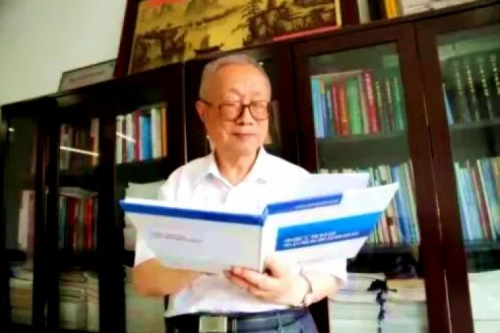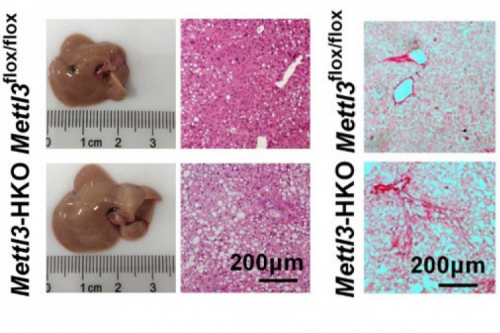Reported by: Wang Ji
Translated by: Li Yunlei
Edited by: Garrick Jones
Date: April 5, 2017
On April 4th, Professor Huang Zhiwei of School of life sciences and his team published on the Journal of Cell Research online a research paper named "Structural basis of stringent PAM recognition by CRISPR-C2c1 in complex with sgRNA."
CRISPR-C2c1 is a CRISPR system of the first class of the V-B subtype. The research shows that the system can under the guidance of crRNA:tracrRNA shear substrate DNA,and C2c1 needs to have the guidance of tracrRNA for their activity, which is completely different from the V-A type Cpf1 system that only needs the guidance of crRNA; in addition, the PAM sequence of C2c1 and Cpf1 recognition are different. However, like Cpf1, C2c1 also contains only one conserved RuvC endonuclease domain. At present, C2c1 has been shown to have the activity of DNA in human cell lysate, but its molecular mechanism is unclear.
In order to reveal the molecular mechanism of the C2c1 of recognizing crRNA and combining with the of PAM, the team analyzed the Bacillus thermoamylovorans C2c1 team (BthC2c1) and 123-nt crRNA (containing nearly full-length crRNA and tracrRNA), target DNA of 28-nt, and the 2.6 A crystal structure of three dimensional compound of non-target 12-nt DNA. Structural studies have found that, unlike Cas9 and Cpf1 PAM sequences, BthC2c1 identifies PAM sequences in a rigorous manner. After analyzing the structure, it has been speculated that the deletion of sgRNA 1 (38-nt) on the surface of BthC2c1 does not affect the activity of BthC2c1 guided shear, and in fact, the functional tests also confirm the above hypothesis. Interestingly, it has found that the cleavage site of BthC2c1 on target is not located in the guide RNA: target DNA two, reflecting the different shear mechanisms of Cas9 and Cpf1. Therefore, the composite structure not only reveals the molecular mechanism of C2c1 combined with sgRNA and PAM for the transformation and recognition, but also provides a structural basis for making C2c1 and other Cas endonuclease more efficient and more specific gene editing tools, which can be applied to guide the transformation of novel gene editing system. This is another research result in the field of pathogen host interaction system and gene editing system.
Professor Huang Zhiwei is the corresponding author of the study. Doctoral students Wu Dan, Guan Xiaoyu and the postdoctoral teacher, Dr. Zhu Yuwei are the first author of the paper. Shanghai Synchrotron Radiation Center provided timely and effective support for crystal data collection. This project was supported by the National Natural Science Foundation of China and the Young Scientists Workroom of Harbin Institute of Technology.
The link of the article : http://www.nature.com/cr/journal/vaop/ncurrent/full/cr201746a.html

CRISPR-C2c1 combines the PAM sequence in the rigorous recognition method




